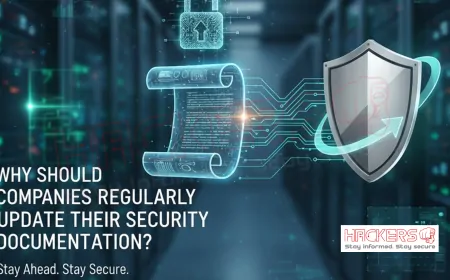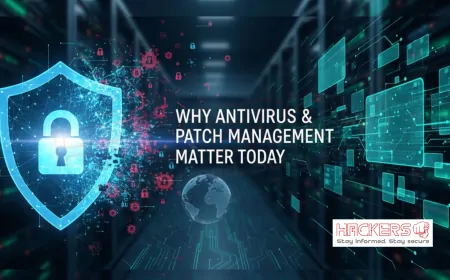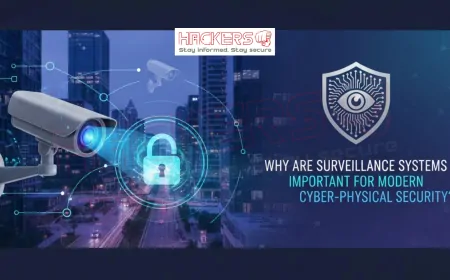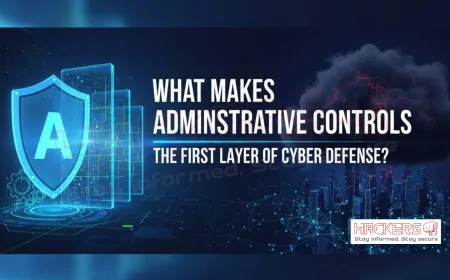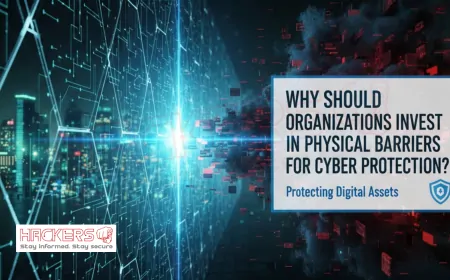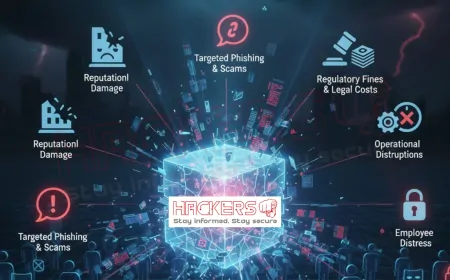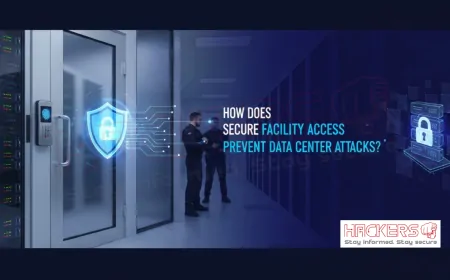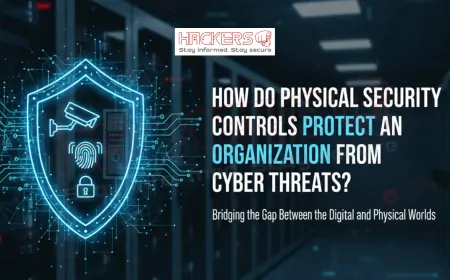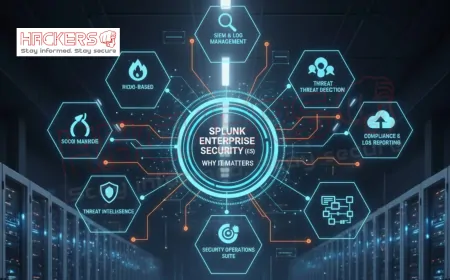Why Are Policies & Procedures Essential for Stopping Internal Cyber Risks?
Picture this: a trusted employee clicks on a seemingly harmless email, or perhaps shares a password with a colleague to speed up a task. In moments, sensitive data is exposed, leading to financial losses and damaged reputations. In our increasingly connected world, internal cyber risks pose a significant threat to organizations of all sizes. These risks come from within, often unintentionally, through human error or negligence. But here's the good news: well-crafted policies and procedures can act as a powerful shield. In this blog post, we'll dive into why these foundational elements are crucial for mitigating internal threats. We'll explore their components, benefits, and real-world applications, all in straightforward language that even those new to cybersecurity can follow. By the end, you'll see how establishing clear guidelines can transform your organization's security posture.

Table of Contents
- Understanding Internal Cyber Risks
- The Role of Policies and Procedures in Cybersecurity
- Key Components of Effective Policies and Procedures
- With vs. Without Policies: A Comparison
- Benefits of Implementing Strong Policies and Procedures
- Challenges in Developing and Enforcing Them
- Real-World Examples of Internal Breaches
- Best Practices for Creating Policies and Procedures
- Conclusion
- FAQs
Understanding Internal Cyber Risks
Internal cyber risks refer to threats that originate from inside an organization. Unlike external attacks from hackers, these risks often involve employees, contractors, or partners. They can be intentional, like a disgruntled worker stealing data, or accidental, such as someone losing a laptop with unencrypted files. According to recent statistics, cybercrime is projected to cost businesses up to $10.5 trillion globally by 2025.
Common internal risks include phishing scams where employees unwittingly provide access to systems, insider threats where privileged users misuse their access, and simple mistakes like weak passwords. In fact, about 72% of organizations have reported an increase in cyber risks, with many stemming from internal sources.
Why do internal risks happen? Often, it's due to a lack of awareness or guidelines. Employees might not realize the dangers of sharing files via unsecured channels or using personal devices for work. As organizations grow and adopt remote work, these risks multiply. Understanding them is the first step toward prevention, and that's where policies and procedures come into play. They provide the structure needed to educate and guide behavior, turning potential vulnerabilities into strengths.
To grasp the scale, consider that the average cost of a data breach in the US is around $10.22 million.
The Role of Policies and Procedures in Cybersecurity
Policies and procedures are the backbone of any cybersecurity strategy, especially for internal risks. A policy is a high-level statement outlining what is expected, like "All employees must use multi-factor authentication." Procedures, on the other hand, detail how to achieve that, such as step-by-step instructions for setting it up.
These elements are essential because they create consistency. Without them, employees might handle data differently, leading to gaps that insiders or accidents can exploit. For instance, a clear policy on data access ensures only authorized personnel can view sensitive information, reducing the chance of leaks.
In the context of internal risks, they serve as a deterrent and a guide. They educate staff on acceptable behaviors and consequences for violations. This is crucial since human error accounts for a large portion of breaches. Ransomware, which appears in 44% of incidents, often enters through internal lapses like clicking malicious links.
Moreover, they help in compliance with regulations like GDPR or HIPAA, which require documented processes. For small businesses, starting with basic policies can make a big difference without needing advanced tools. In essence, they shift the focus from reaction to prevention, building a culture where security is everyone's responsibility.
As threats evolve, policies allow for quick adaptations. Regular updates ensure they address new internal risks, like those from remote work setups. This proactive approach minimizes damage and fosters resilience.
Key Components of Effective Policies and Procedures
Effective policies and procedures for internal cyber risks include several core elements. Let's break them down.
- Clear Definitions: Start with defining terms like "confidential data" or "insider threat." This ensures everyone understands the scope.
- Risk Assessment Guidelines: Procedures for regularly evaluating internal vulnerabilities, such as auditing access logs.
- Access Control Policies: Rules on who can access what, using principles like least privilege, where users get minimal access needed for their roles.
- Training Requirements: Mandatory sessions on recognizing phishing and handling data securely.
- Incident Reporting Procedures: Steps for employees to report suspicious activities without fear of reprisal.
- Enforcement Mechanisms: Consequences for non-compliance, balanced with support for mistakes.
- Review and Update Processes: Schedules for revising policies based on new threats or incidents.
These components work together to create a robust framework. For beginners, implementing them step by step, starting with access controls, can yield quick wins.
With vs. Without Policies: A Comparison
To highlight the importance, let's compare scenarios with and without strong policies and procedures.
| Aspect | With Policies & Procedures | Without Policies & Procedures |
|---|---|---|
| Risk Awareness | High, through training and guidelines. | Low, leading to frequent errors. |
| Breach Frequency | Reduced, with proactive measures. | Higher, due to inconsistencies. |
| Recovery Time | Faster, with clear response plans. | Slower, amid confusion. |
| Compliance | Easier to achieve and prove. | Risk of fines and audits. |
| Employee Morale | Better, with clear expectations. | Lower, from blame culture. |
This table shows how policies provide structure, reducing chaos and enhancing security.
Benefits of Implementing Strong Policies and Procedures
Strong policies and procedures offer multiple benefits. They primarily reduce the likelihood of internal breaches by guiding behavior. Employees know what to do, minimizing accidental exposures.
They also save costs. Preventing incidents is cheaper than dealing with aftermaths, like legal fees or lost business. With average breach costs soaring, this is a smart investment.
Compliance is another advantage. Regulations demand documented processes, and good policies ensure you're covered, avoiding penalties.
They build a security culture. When everyone follows the same rules, it fosters teamwork and vigilance. This can lead to early detection of issues.
Finally, they enhance reputation. Clients trust organizations that prioritize security, leading to better partnerships.
Challenges in Developing and Enforcing Them
Creating policies isn't always smooth. One challenge is resistance from staff, who may see them as extra work.
Resource constraints, especially in small firms, can hinder development. Expertise might be lacking.
Keeping them current is tough, as threats change fast. Outdated policies lose effectiveness.
Enforcement can be inconsistent, leading to gaps. Balancing strictness with flexibility is key.
To overcome these, involve employees in creation, start small, and use tools for updates.
Real-World Examples of Internal Breaches
Real cases illustrate the dangers. In the T-Mobile breach, internal lapses allowed hackers access, affecting millions.
MGM Resorts faced a similar issue, where social engineering tricked insiders, causing massive disruptions.
Uber's incident involved a contractor's credentials being compromised due to weak policies.
Pegasus Airlines saw data exposure from employee negligence, highlighting training needs.
Tesla dealt with former employees leaking data, showing the need for exit procedures.
Best Practices for Creating Policies and Procedures
To create effective ones, follow these practices.
- Engage stakeholders for input.
- Make them clear and accessible.
- Include training and simulations.
- Implement strong access controls.
- Conduct regular audits.
- Develop incident response plans.
- Update based on feedback and threats.
These steps ensure policies are practical and effective.
Conclusion
To wrap up, policies and procedures are vital for combating internal cyber risks. They provide guidance, reduce errors, ensure compliance, and foster a secure culture. While challenges exist, the benefits far outweigh them, as seen in real-world cases. By implementing them thoughtfully, organizations can protect themselves in an ever-evolving threat landscape. Whether you're starting out or refining existing ones, remember: prevention through clear rules is key to long-term security.
What are internal cyber risks?
Internal cyber risks are threats from within an organization, like employee errors or insider misuse of access.
Why do policies matter for internal threats?
They set clear rules, reducing accidental breaches and guiding behavior.
How do procedures differ from policies?
Procedures provide step-by-step instructions, while policies outline overall expectations.
What is an insider threat?
An insider threat is when someone with authorized access harms the organization, intentionally or not.
Can small businesses benefit from these?
Yes, even basic policies can significantly lower risks without high costs.
What role does training play?
Training educates employees on risks and how to follow procedures effectively.
How often should policies be reviewed?
At least annually, or after major incidents or threat changes.
What is least privilege?
It's giving users only the access they need for their jobs, minimizing risks.
Why are audits necessary?
Audits check compliance and identify weaknesses in policies.
What happens without policies?
Increased breaches, higher costs, and compliance issues.
How do they aid compliance?
They document processes required by laws like GDPR.
Are they sufficient alone?
No, they complement technical tools for full protection.
What is an incident response procedure?
A plan detailing steps to handle breaches quickly.
How can employees help?
By adhering to policies and reporting anomalies.
What challenges arise in enforcement?
Resistance, resource limits, and keeping them updated.
Can they stop all internal risks?
No, but they greatly reduce them.
How do examples show their value?
Breaches like T-Mobile's highlight failures from weak policies.
What best practices to follow?
Involve teams, keep simple, and update regularly.
Do they apply to remote workers?
Yes, with rules for secure remote access.
How do they build culture?
By making security a shared priority.
What's Your Reaction?







